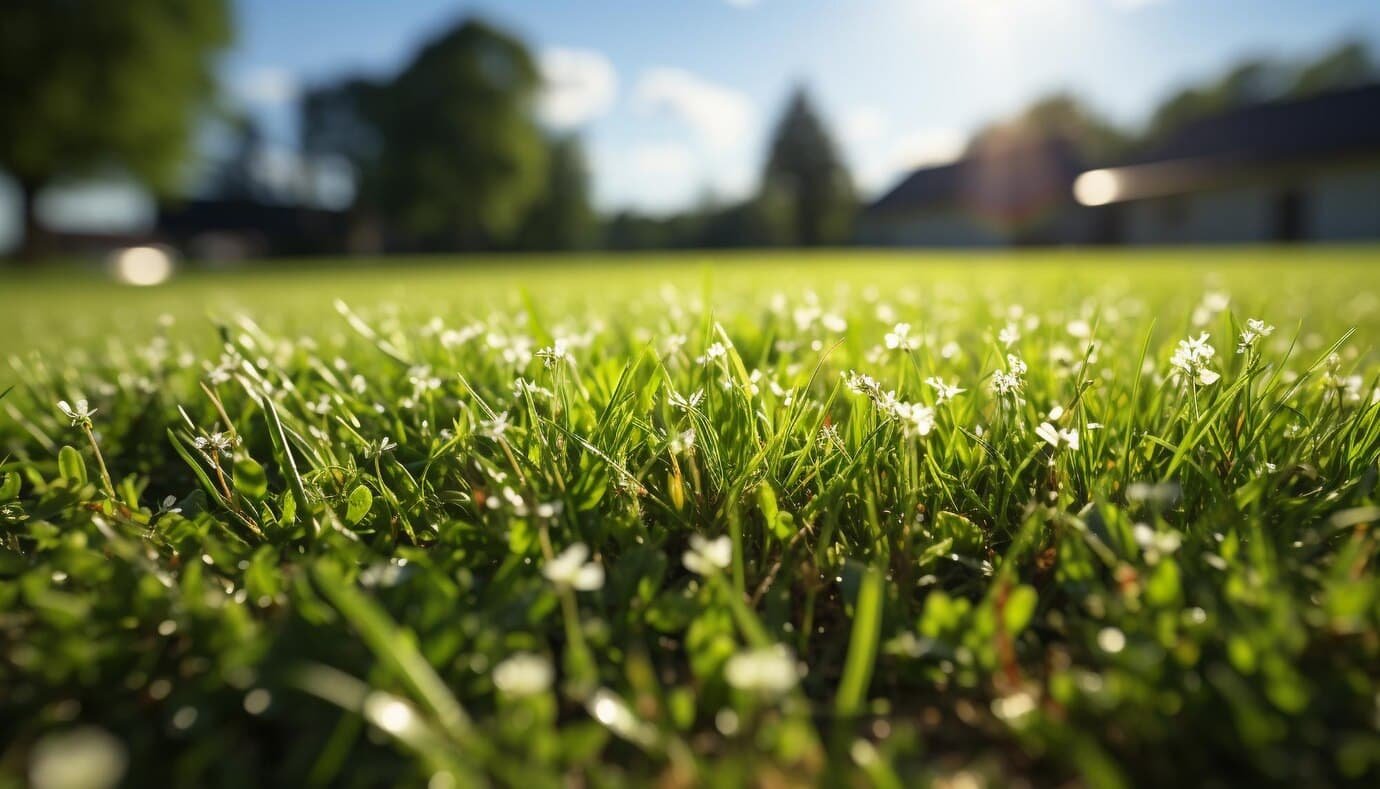Lawn Care In Bedfordshire
Maintaining a lush, green lawn in Bedfordshire can be a rewarding endeavor, but it requires diligence, proper techniques, and understanding of the local climate and soil conditions. Whether you’re a seasoned gardener or just starting out, these expert tips and advice will help you achieve a healthy and vibrant lawn that enhances the beauty of your property.
Understand Your Soil
Before embarking on any lawn care plan, it’s crucial to understand the soil composition in your area. Bedfordshire soils can vary, but many tend to be clay based, which can lead to drainage issues and compaction. Consider getting a soil test done to determine pH levels and nutrient deficiencies, which will guide your fertilisation and soil amendment efforts.
Regular Mowing
Proper mowing is essential for a healthy lawn. Set your mower blades to the appropriate height for the type of grass you have (typically around 2.5 to 3 inches for most varieties). Avoid cutting more than one-third of the grass blade length at a time and vary your mowing pattern to prevent soil compaction and uneven growth.
Watering Wisely
In Bedfordshire, where rainfall can be inconsistent, it’s important to water your lawn deeply and infrequently. Water in the early morning to minimise evaporation and fungal diseases. Aim for about 1 to 1.5 inches of water per week, either from rainfall or irrigation. Use a rain gauge to monitor precipitation levels and adjust your watering schedule accordingly.
Aerate the Soil
Compacted soil restricts root growth and water absorption, leading to poor lawn health. Aerating your lawn annually, preferably in the fall or spring, helps alleviate compaction and allows air, water, and nutrients to penetrate the soil more effectively. Consider renting a core aerator or hiring a professional service for larger lawns.
Fertilise Appropriately
Proper fertilisation is key to maintaining a healthy lawn. Choose a fertilizer specifically formulated for the type of grass you have and follow the application instructions carefully. In Bedfordshire, where clay soils are common, consider using a slow-release fertiliser to prevent nutrient leaching and runoff. Apply fertiliser in the spring and fall for best results.
Overseed Bare Spots
Bare patches in your lawn can detract from its appearance and allow weeds to take hold. Overseeding these areas with grass seed helps fill in the gaps and promote a thicker, more uniform lawn. Choose a high-quality seed blend suited to your growing conditions and follow proper seeding techniques, including good seed-to-soil contact and adequate moisture.
Manage Weeds and Pests
Regularly inspect your lawn for weeds, pests, and diseases, and take prompt action to address any issues. Hand pulling weeds can be effective for small infestations, while herbicides may be necessary for larger outbreaks. Integrated pest management techniques, such as promoting beneficial insects and using natural predators, can help keep pest populations in check without resorting to chemical treatments.
Practice Sustainable Lawn Care
Consider adopting environmentally friendly practices to minimise your lawn’s impact on the ecosystem. This may include reducing water usage through proper irrigation techniques, using organic fertilisers and soil amendments, and mowing with a mulching mower to return grass clippings to the soil as natural nutrients.
By following these expert tips and advice for lawn care in Bedfordshire, you can cultivate a vibrant and healthy lawn that enhances the beauty of your outdoor space while contributing to the local ecosystem’s health and vitality. With proper care and attention, your lawn will become a source of pride and enjoyment for years to come.


